Dear colleagues,
In the name of the Institute of Archaeology of the Slovak Academy of Sciences (Nitra, Slovakia) and the National Council for Culture, Arts & Letters (State of Kuwait) we would like to invite you to the conference
“Archaeology of Failaka and Kuwaiti coast – current research“
The conference will be held on 3rd to 6th October 2016 in the Institute of Archaeology of the Slovak Academy of Sciences (Nitra, Slovakia).
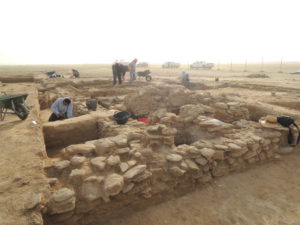
Theme of conference: The archaeological research of the Failaka Island and of the Kuwaiti coast; the underwater archaeology of the north coastline of Failaka
Language of conference: English
Organizers: The Institute of Archaeology of the Slovak Academy of Sciences, Nitra, Slovakia; National Council for Culture, Arts & Letters (NCCAL), State of Kuwait.



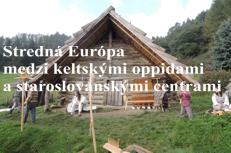
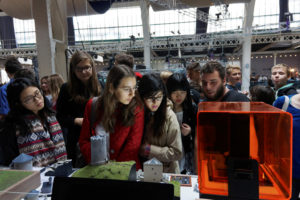 Srdečne Vás pozývame na jubilejný 10. ročník Európskej noci výskumníkov, ktorá sa bude konať už tento piatok (30.9.2016) v priestoroch bratislavskej Starej tržnice. Viac informácií o účasti Archeologického ústavu SAV nájdete na stránke
Srdečne Vás pozývame na jubilejný 10. ročník Európskej noci výskumníkov, ktorá sa bude konať už tento piatok (30.9.2016) v priestoroch bratislavskej Starej tržnice. Viac informácií o účasti Archeologického ústavu SAV nájdete na stránke 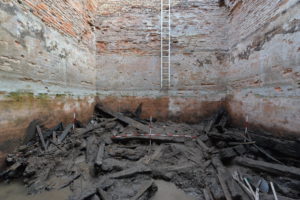
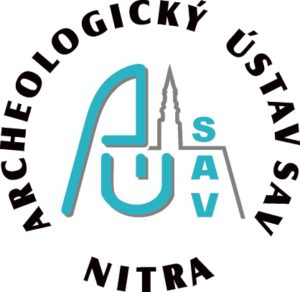
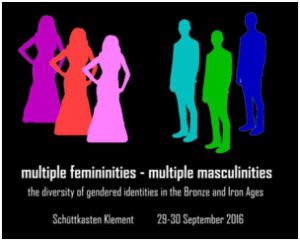 The archaeology of personal identities has firmly established age, gender and status as relevant categories of investigation. Beyond the recognition that not all women and men led identical lives, however, there has been little effort to unravel the diversity of gendered lives. Women’s lives may have differed significantly according to their reproductive status – whether they were infertile, had few or many surviving children. Craft specialists of both genders may have led lives that took them away from their communities and brought them into contact with different ways of living. Similarly, medical or ritual specialists of both genders may be integral to many societies. Further, the mechanisms by which men turned into warriors are still little understood – was being a warrior part of every man’s lifecycle, was this particular identity restricted to a certain age group or class, or were other selection mechanisms at play? Some aspects of personal identity may not be gendered at all. Was gender relevant for making pots or taking care of children?
The archaeology of personal identities has firmly established age, gender and status as relevant categories of investigation. Beyond the recognition that not all women and men led identical lives, however, there has been little effort to unravel the diversity of gendered lives. Women’s lives may have differed significantly according to their reproductive status – whether they were infertile, had few or many surviving children. Craft specialists of both genders may have led lives that took them away from their communities and brought them into contact with different ways of living. Similarly, medical or ritual specialists of both genders may be integral to many societies. Further, the mechanisms by which men turned into warriors are still little understood – was being a warrior part of every man’s lifecycle, was this particular identity restricted to a certain age group or class, or were other selection mechanisms at play? Some aspects of personal identity may not be gendered at all. Was gender relevant for making pots or taking care of children?